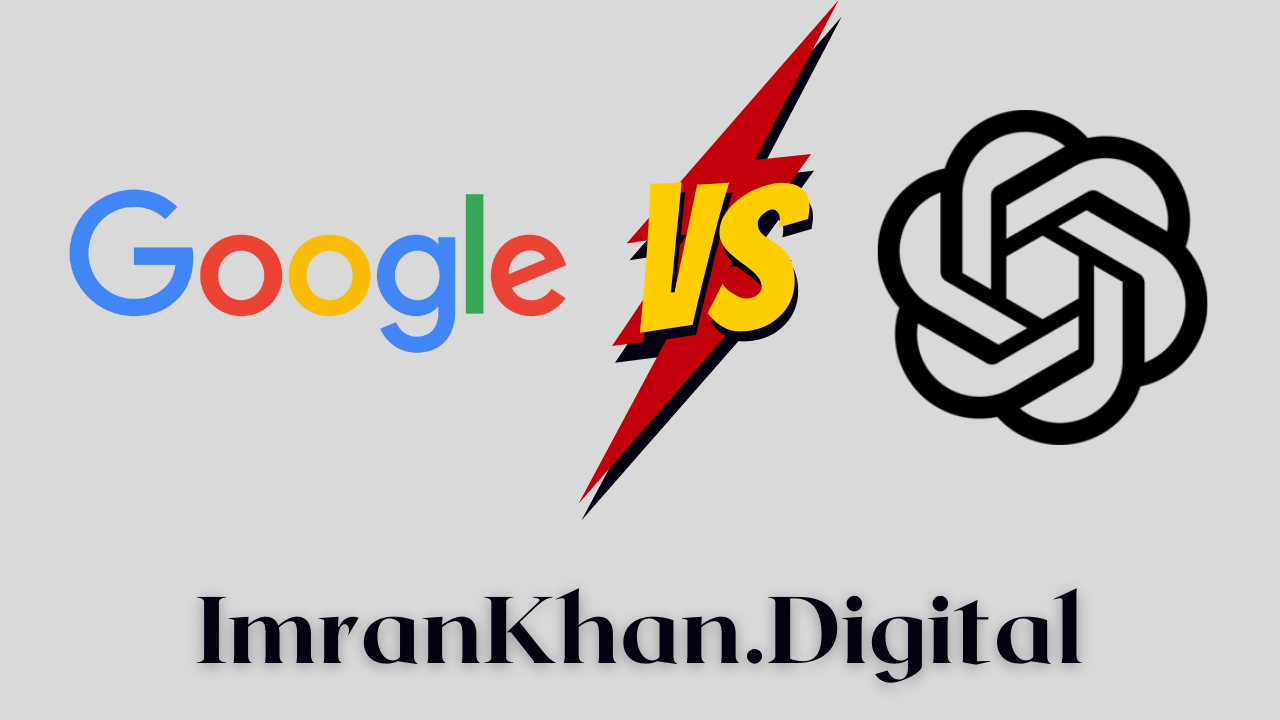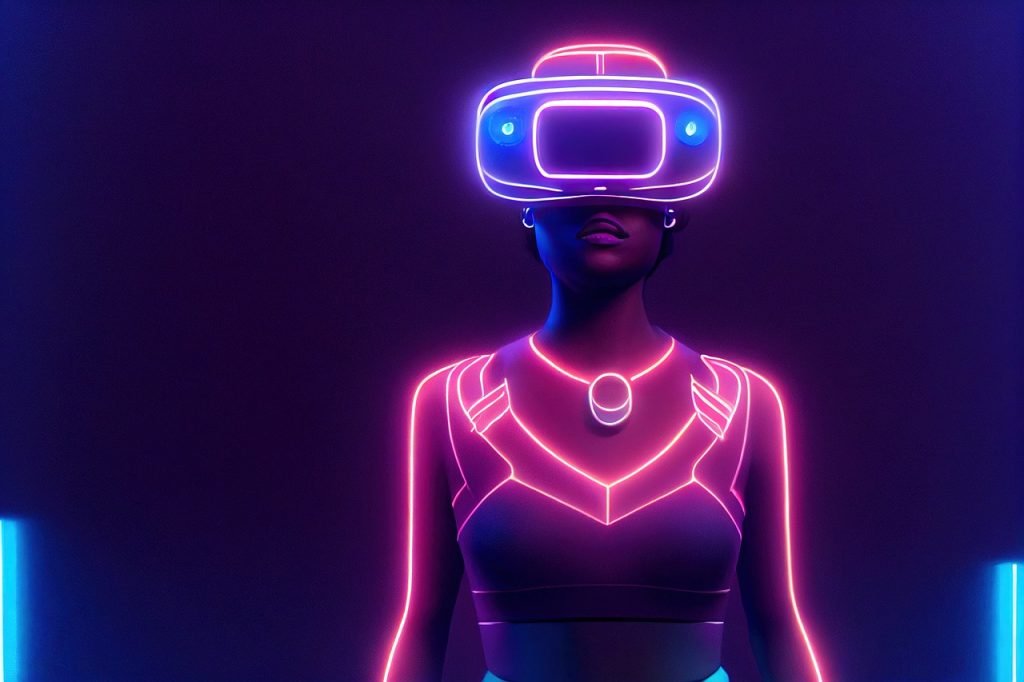Google VS ChatGPT:
Google, the world’s largest search engine company, is taking its competition with Microsoft’s ChatGPT to the next level. In an announcement to investors, Google CEO Sundar Pichai revealed the company is planning to roll out a new AI language model for the search engine, known as LaMDA. Internal testing of some of the model’s features is currently underway under the ‘Code Red’ plan. If all goes according to plan, LaMDA will be the first artificial intelligence feature to be integrated into the Google search engine and compete directly with Microsoft’s popular ChatGPT chatbot.
Google is facing competition from ChatGPT, a language model developed by OpenAI and backed by Microsoft. While Google primarily focuses on web search and touts its AI expertise, generative AI models like ChatGPT may challenge the traditional internet search model by offering advanced answers to complex inquiries.
Google Unveils Apprentice Bard Chatbot and Redesigned Search Desktop:
Google is bringing a fresh new change to its search engine that’s sure to excite you! Say hello to Apprentice Bard, a chatbot that will be joining the search engine team. Not only that, the search desktop design is getting a makeover too, now in a convenient question-answer format.
This will make searching even easier and more intuitive for you! And the best part? Google CEO Sundar Pichai has informed us that this new, powerful language model will soon be available for you to try out as a search engine companion in a whole new experimental way. Get ready to experience a search like never before!
Technology Behind Google AI:
Sundar Pichai recently discussed Google’s Conversation Technology, specifically the Language Model for Dialogue Application (LaMDA). He revealed that the company will be releasing a larger language model in the near future to gather more feedback from users.
During the fourth quarter earnings call, Pichai emphasized the importance of AI, stating that it is a major focus for the company. The announcement sets the stage for a potential competition between Google’s LaMDA and Microsoft’s ChatGPT.
Is ChatGPT a Threat?
As a language model enthusiast, I was thrilled to hear about the launch of ChatGPT last year by OpenAI and Microsoft. The chatbot quickly made a name for itself by delivering clever and entertaining answers to even the most challenging questions.
I couldn’t help but notice the potential threat ChatGPT posed to Google’s long-standing dominance in the search engine market. For years, Google has been the go-to for online searches, but ChatGPT has shaken things up and caused some serious ripples.
It’ll be interesting to see how Google reacts to this new contender and what changes the future holds for the search engine world. In my opinion, it’s an exciting time for technology fans and I can’t wait to see what unfolds.
ChatGPT has certainly left a lasting impression despite that there are some limitations and I see it as a formidable force in the tech industry. I’m eager to see how it continues to evolve and make an impact in the coming months and years.
What can ChatGPT Do?
ChatGPT is a language model created by OpenAI that’s pretty impressive. It was trained on a massive amount of text data, meaing to say that, it can generate text that sounds like it was written by a human. Here are a few of the things ChatGPT can do:
- Chatting: You can use ChatGPT to build virtual assistants, chatbots, and other conversational interfaces that can respond to user inquiries in a human-like manner.
- Writing: Whether it’s creative writing, poetry, news articles, or anything in between, ChatGPT can generate text on a wide range of topics. Of course there are some limitations.
- Answering questions: If you have questions, ChatGPT can provide answers! It can give you relevant information and context to help you find what you’re looking for.
- Completing text: If you have a partial sentence or paragraph, ChatGPT can complete it for you to sound like it was written by a human.
All in all, ChatGPT is a really cool tool that has a lot of potential for creating human-like text.
Does Google use AI in Search Engines?
Yes, Google is using AI in their search engine for quite some time now. By incorporating AI technologies for instance machine learning and natural language processing, they’re able to understand and process user’s search queries in a more effective way.
This leads to a search experience that’s not only faster but also more relevant to what users are actually looking for. And the best part? AI also helps Google personalize your search results based on your past searches, making the entire experience more tailored to your individual needs. So, if you’re a fan of Google’s search engine, you can thank AI for making it even better!
Do All Search Engines Use AI?
Yeah, most of the popular search engines these days use some sort of artificial intelligence (AI) in their algorithms. It’s all about making the search experience better for the users. For instance, Google uses machine learning (ML) and natural language processing (NLP) to give us more relevant results based on our searches, while Bing uses AI to understand what we’re really looking for when we type in a search query.
Other search engines, like Baidu and Yandex, are also using AI to improve their search capabilities and give us even better results.
What is Google’s AI System Called?
One of the latest AI systems developed by Google is called LaMDA (Language Model for Dialogue Applications), which is a language model designed for conversational AI and text generation. Soon we will be using it on Google search engine.
Did Google make a sentient AI?
No, Google has not created a sentient AI. Sentient AI refers to an artificial intelligence that is capable of self-awareness and consciousness. Currently, AI technology is not advanced enough to create truly sentient AI, and there is ongoing debate and discussion among experts in the field as to whether it will ever be possible.
Google and other tech companies are exploring various applications of AI, such as language processing, image recognition, and decision making, but a sentient AI remains in the realm of science fiction for now.
What is the most advanced AI in the world right now?
It’s difficult to determine the most advanced AI in the world. AI is a rapidly growing & evolving field and new breakthroughs are being made all the time. However, some of the most advanced AI systems currently available:
- GPT-3: GPT-3 (Generative Pre-trained Transformer 3) is a language model developed by OpenAI that has received significant attention in the AI community for its advanced capabilities in language generation and understanding. According to me, its on the top nowadays.
- AlphaGo Zero: AlphaGo Zero is an AI system developed by DeepMind (now part of Google) that uses deep reinforcement learning to play the board game Go. AlphaGo Zero surpassed its predecessor, AlphaGo, and became the strongest Go player in the world in just three days of self-play.
- OpenAI’s DALL·E: DALL·E is an AI system developed by OpenAI that can generate original images from textual descriptions.
- Google’s LaMDA: LaMDA (Language Model for Dialogue Applications) is a language model developed by Google that is designed for conversational AI and text generation.
These are just a few examples of the many advanced AI systems that are currently in development. The field of AI is constantly evolving, so it’s likely that new, even more advanced systems will be developed in the near future.
What are the main problems AI can solve?
AI has the potential to revolutionize many aspects of our lives by solving problems. Here are few examples.
- Handling Big Data: AI can help organizations quickly process and analyze large amounts of data, providing insights that humans may not be able to uncover on their own.
- Predictive Analytics: AI can make more accurate predictions about future trends, customer behavior, and market conditions by analyzing massive amounts of data.
- Automating Tasks: AI can automate many routine tasks, freeing up human workers to focus on more complex and strategic work.
- Assisting with Decision-Making: AI can support decision-making processes by providing data-driven insights and recommendations, particularly in fields like medicine, finance, and marketing.
- Improving Healthcare: AI can assist medical professionals by analyzing medical images, aiding in disease diagnosis, and predicting patient outcomes.
- Monitoring the Environment: AI can help keep our environment safe by monitoring data from sensors, satellites, and other sources to detect changes and potential problems.
- Detecting Fraud: AI can help organizations identify and prevent fraudulent activity by analyzing large amounts of data to spot unusual patterns and behavior.
- Optimizing Supply Chains: AI can help organizations make the most of their resources by analyzing data on demand, production, and logistics to minimize waste and streamline processes.
- Enhancing Customer Service: AI can provide quick and accurate answers to customer questions, allowing human customer service representatives to focus on more complex issues.
- Improving Cybersecurity: AI can help organizations stay protected by detecting and preventing cyber-attacks and identifying vulnerabilities in real-time.
These are just a few examples. As AI technology continues to evolve, we can expect AI to play an increasingly important role in solving problems across a wide range of multiple industries.
Final Words
In the end, it seems that ChatGPT’s launch has sparked some changes at Google. According to reports, Google is now planning to showcase an AI-powered search engine with chatbot capabilities in the near future. This shows just how crucial AI has become to the company’s future plans. With AI advancing rapidly, it will be intriguing to see how Google continues to innovate and stay ahead in this dynamic field.




